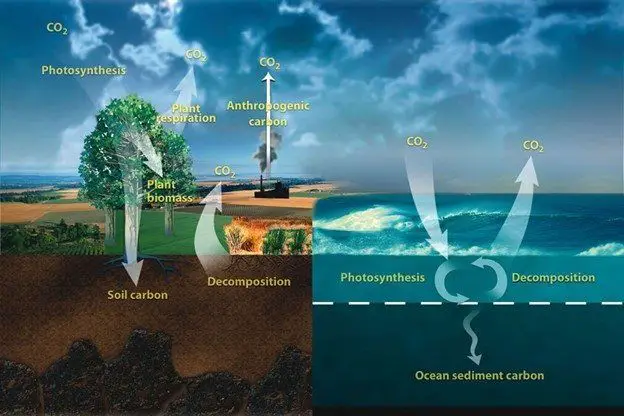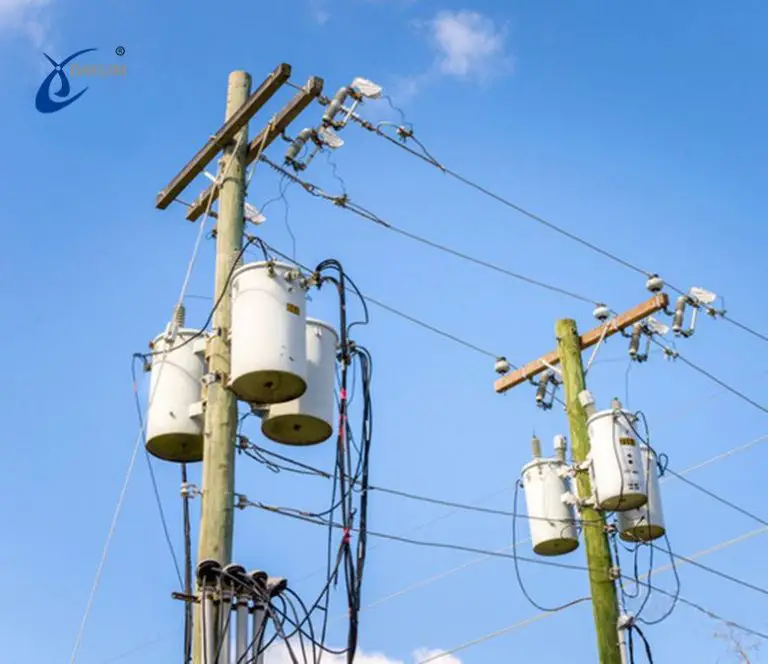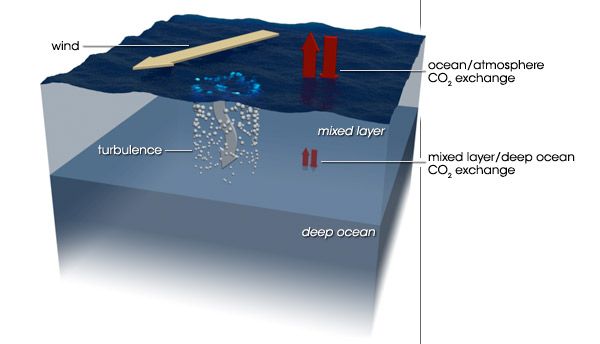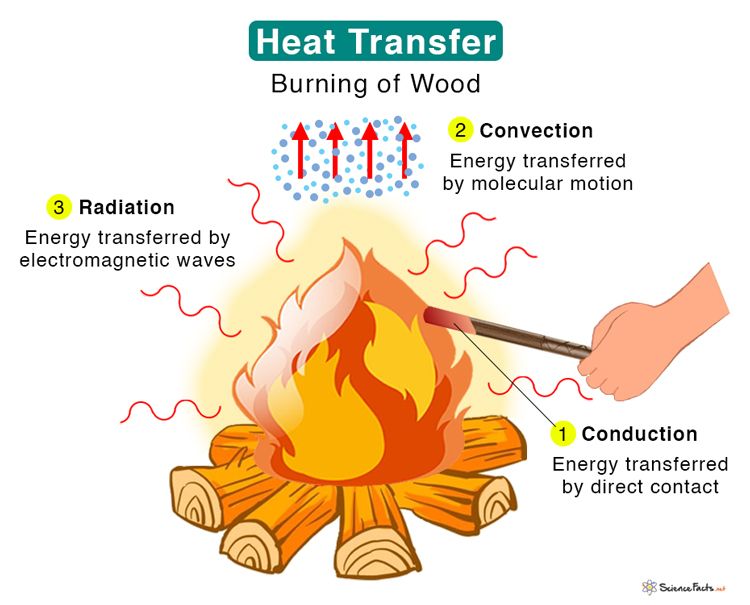Is Renewable Energy A Fast Growing Industry?
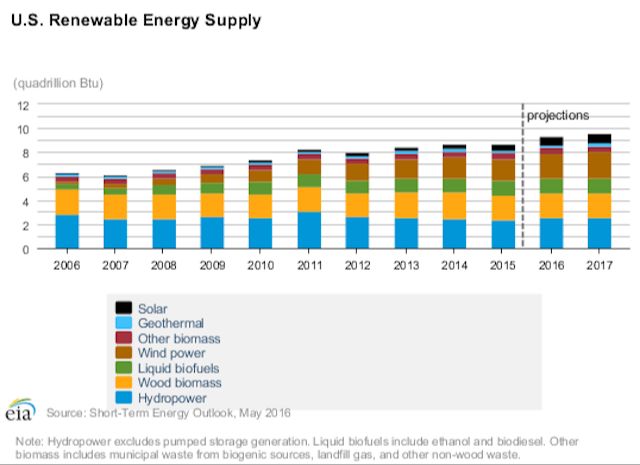
Renewable energy refers to energy from sources that are naturally replenished on a human timescale, such as sunlight, wind, water, geothermal heat and biomass [1]. The major types of renewable energy include wind power, solar power (solar PV and solar thermal), hydropower, bioenergy, and geothermal energy. There is growing interest in renewable energy due to rising energy demands globally, the need to reduce greenhouse gas emissions and mitigate climate change, energy security concerns, and technological advancements making renewable energy more cost-competitive with fossil fuels [2].
Growth of Renewable Energy
Renewable energy has seen rapid growth worldwide over the past decade. According to a comprehensive review done by Hassan (2024), the share of renewable energy worldwide grew from 8.6% in 2010 to over 26% in 2022. The countries leading in renewable energy adoption include Denmark, Uruguay, Germany and the UK, which all generate over 35% of their electricity from renewable sources as of 2022 (Hassan, 2024).
The United States Department of Agriculture (USDA) report on renewable energy trends found that renewable energy grew at an average annual rate of 6% from 2000-2020 in the United States. Wind and solar energy experienced particularly rapid growth during this period, with average annual growth rates of 8% for wind and 22% for solar. The USDA projects that renewable energy production will double from 2020 to 2050 as costs continue to fall and more capacity is added (USDA, 2020).
According to the Regional Center for Renewable Energy and Energy Efficiency (RCREEE), several countries in the MENA region have also seen substantial growth in renewable energy in recent years. The UAE and Egypt both doubled their renewable energy capacity between 2014-2020, while Morocco and Jordan’s capacity grew 2.5 times over the same period. RCREEE forecasts continued rapid growth in solar and wind energy in particular going forward in the region (RCREEE, 2022).
Factors Driving Growth
There are several key factors driving the rapid growth of renewable energy globally:
Climate change and emissions reductions goals are a major driver. Many countries have set targets to reduce greenhouse gas emissions in order to mitigate climate change. Expanding renewable energy is seen as a key way to meet these goals and transition away from fossil fuels. For example, the EU aims to be climate neutral by 2050 and has set a target for renewable energy to comprise 32% of final energy consumption by 2030 (UN Climate Change).
Cost reductions in renewable technologies like solar and wind have also made them much more competitive with conventional energy sources. The cost of solar energy has dropped over 80% in the last decade while wind turbine costs have fallen 50-60% (UCSUSA). This makes the economics of renewables more appealing.
Government incentives and policy support have further accelerated renewable energy growth. Tax credits, feed-in tariffs, renewable portfolio standards and other policies have encouraged investment in renewables across many countries and regions. For example, federal tax credits have helped drive large expansions of wind and solar power in the U.S. (IEA).
Challenges to Growth
While renewable energy has seen impressive growth, expanding from 11% of U.S. electricity in 2020 to 20% in 2021, the industry faces challenges to continued expansion.
One major hurdle is the high upfront costs of building large-scale renewable energy projects. According to the International Economic Development Council, “the per-kilowatt capital cost of building a wind or solar project is higher than that of a comparable natural gas power plant” (source). This requires significant investment and financing.
Another challenge is the intermittent nature of wind and solar power sources. The availability of these renewables depends on weather conditions and time of day, making energy output less reliable (source). This intermittent generation can strain the electricity grid.
Finally, policy and regulatory uncertainty poses risks for renewable energy developers. Inconsistent tax credits, changing state renewable portfolio standards, permitting challenges, and other policy issues create barriers to steady market growth and investment.
Key Renewable Sources
The leading renewable energy sources include solar, wind, hydroelectric, and bioenergy.1 Each of these sources has seen significant growth in recent years as countries and companies invest more in renewable energy.
Solar power is one of the fastest growing renewable sources, with an average annual growth of over 50% in recent years.2 Improvements in solar panel efficiency and cost declines have made solar energy competitive with fossil fuels in many markets. Wind power capacity has also expanded rapidly, growing at an average of 15% per year over the past decade.1 Advancements in turbine technology have increased efficiency and lowered costs.
While growth rates are lower compared to solar and wind, hydroelectric and bioenergy remain major renewable sources globally. Hydropower capacity has steadily increased by over 3% annually.3 Bioenergy, primarily from solid biomass like wood pellets, accounts for over two-thirds of renewable heat and transport fuels.4 Liquid biofuels like ethanol and biodiesel have also shown modest growth in recent years.
Leading Countries
Some of the leading countries in renewable energy capacity and investment include China, the United States, Germany, India and Brazil. China has installed the most renewable energy capacity of any country, totalling over 800 GW by 2021, and invests more in renewables than any other country with over $100 billion invested in 2020. The United States has over 300 GW of renewable capacity and is second only to China in total investments. Germany gets over 40% of its electricity from renewables, primarily wind and solar. India and Brazil are major growth markets, with India aiming to install 175 GW of renewable capacity by 2022 as part of its Paris Agreement targets.
Some developing countries are also seeing rapid growth in renewables, including Chile, Kenya, Morocco and South Africa. Renewable energy investments in developing countries (excluding China and India) reached $152 billion in 2019. Countries like Chile and Morocco are investing heavily in solar and wind and aiming for high renewable energy targets in their energy mixes. Overall, while developed countries still lead in total renewable capacity, developing countries are expected to account for the majority of renewable energy growth going forward.
Private Sector Growth
The private sector has been a major driver of renewable energy growth in recent years. Large corporations are making significant investments into renewable energy to power their operations and meet sustainability goals. For example, Nedbank recently launched a R2.1 billion Green Private Power Bond to help fund private renewable energy projects in South Africa (Source).
Startups focusing on renewable energy and climate tech are also seeing increased venture capital funding. Investments into European climate tech startups reached $6.6 billion in the first half of 2022, driven by solar, e-mobility, grid solutions, and energy storage (Source). Projections indicate continued strong growth in private sector renewable energy investments to meet rising demand for clean energy.
Public Opinion
Public support for renewable energy sources like solar and wind power remains high across the U.S. According to a 2022 nationwide poll, 80% of Americans believe clean energy like renewables are as reliable or more reliable than traditional sources. Another 2022 Pew Research poll found 69% think developing renewables should be a higher priority for the U.S. than expanding fossil fuels. Support remains high across regions, with polls showing 78% in favor in the Midwest, 77% in the South, 75% in the Northeast, and 73% in the West.
Regional differences do exist, however. Surveys find higher support in Democrat-leaning states like California and New York and lower support in some Republican-leaning states. But even in fossil fuel-producing states, most polls show majority support for growing renewables.
Future Outlook
Expert projections through 2030/2050 show continued substantial growth in renewable energy. According to the U.S. Energy Information Administration, renewable energy is projected to supply 44% of U.S. electricity by 2050, up from 20% in 2020 (EIA). IRENA forecasts renewables meeting 86% of global electricity demand by 2050, with solar and wind accounting for 70% (IRENA).
Policy will play a key role in enabling further growth. Renewable portfolio standards, tax credits, and other policies provide long-term certainty for investors. Continued policy support will be important to achieve projections. Major disruptive technologies like energy storage and advanced renewable technologies can also accelerate growth.
Conclusion
In conclusion, the evidence shows that renewable energy is one of the fastest growing energy sources in the world. Renewable energy capacity and generation have expanded rapidly over the past decade, with solar and wind leading the way. Key factors driving this growth include falling technology costs, supportive government policies, increased competitiveness with fossil fuels, climate change concerns, and improving economics. While renewables still face challenges around intermittency and grid integration, the overall trends point to strong continued growth globally. With most forecasts predicting renewables will supply over 50% of electricity generation by 2050, renewable energy appears poised to play a major role in the global energy transition. While growth rates will differ by country and technology, the renewable energy industry as a whole looks set for robust expansion as it becomes an increasingly integral part of energy systems worldwide.
The growth of renewable energy represents a remarkable shift in how the world produces and consumes energy. In a relatively short period of time, renewables have gone from niche sources to mainstream technologies that are economically viable and environmentally critical for the future. Although fossil fuels still dominate, the pace of growth and innovations in renewables gives reason for optimism that cleaner energy production is achievable. The transition to renewables will bring challenges, but also tremendous opportunities for creating a more sustainable global energy system.

